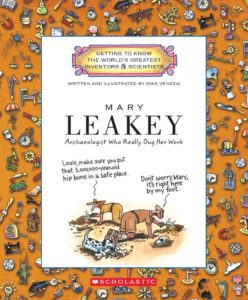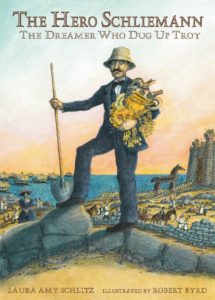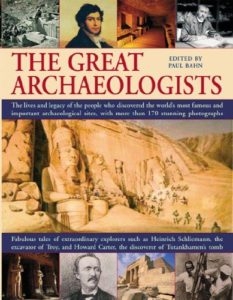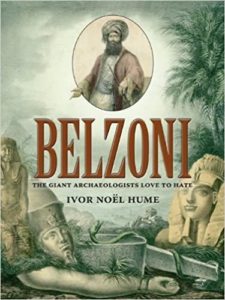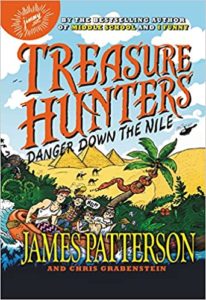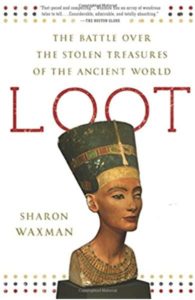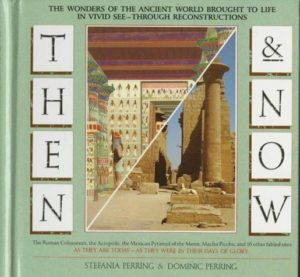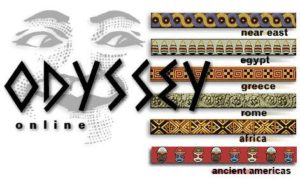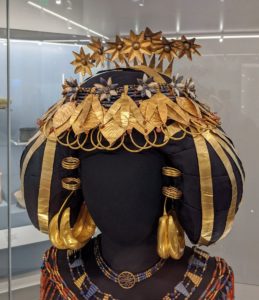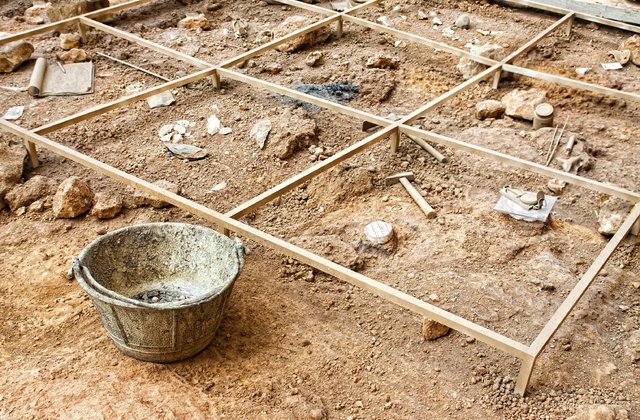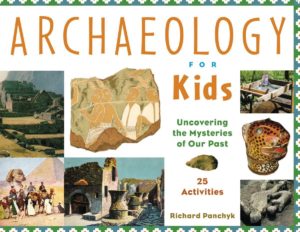
|
Richard Panchyk’s Archaeology for Kids (Chicago Review Press, 2001) is a survey of archaeology, variously covering how archaeology works, human evolution, the Ice Age and the Neolithic, the first civilizations, ancient Greece and Rome, the New World, and historical archaeology. Included are maps and diagrams, photos, a timeline, and a helpful bibliography. There are also 25 hands-on projects, among them calculating height from a footprint mold, analyzing soil, practicing dendrochronology by counting tree rings, playing a seriation game (with photos of old cars), and making an ancient-Greek-style oil lamp. For ages 9 and up. |
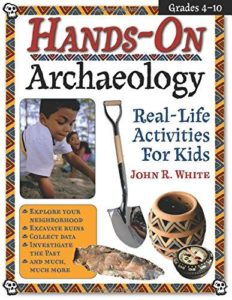
|
John White’s Hands-On Archaeology (Prufrock Press, 2006), an informational collection of “Hands-On Activities for Kids,” has a wealth of projects based on site research, excavation, field records, artifact preparation and cataloging, and more. Included are a lengthy appendix of teacher resources and reproducible forms and worksheets. For ages 9 and up. |
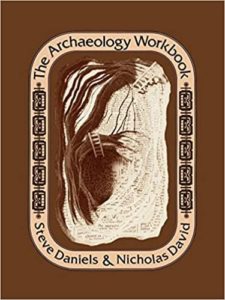
|
By Steve Daniels and Nicholas David, The Archaeology Workbook (University of Pennsylvania Press, 1982) is a collection of thirteen detailed fictional archaeological puzzles intended to accompany an introductory college archaeology course. Challenging for older teenagers and adults with some archaeology background. |
|
From the University of Minnesota, Archaeological Methods has detailed background information, illustrations, instructions, and activities for introducing preschoolers and early-elementary-level kids to archaeology. Kids discover “What Bones Can Tell Us” (in detail; find out all about pelvic bones and skulls and assemble skeleton puzzles), and practice stratigraphy with chocolate pudding, gummy worms, and Oreos. |
|
From teacher Mr. Donn’s website, Archaeology for Kids is packed with kid-friendly information (What is an archaeologist? How do archaeologists find sites to explore?), along with short biographies of famous archaeologists, games, quizzes, and interactive activities. |
|
What to do with pottery shards? In Archeology Game, kids decorate clay flower pots, smash them (gently; you don’t want smithereens) in a paper bag, and then re-assemble them with glue, archaeologist-style. |
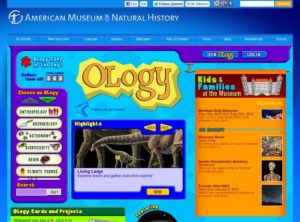
|
From the American Museum of Natural History’s Ology site, see Archaeology for activities, info, and talks with real-live archaeologists. Pages include “Maya Investigation,” “If Trash Could Talk,” “Mint Your Own Coin,” “The Ancient City of Petra,” and more. |
|
The Colonial Williamsburg Archaeological Research page has general information about archaeology and an overview of current projects. |
|
The Archaeological Institute of America has a great series of AIA Lesson Plans, variously for grades K-12, with complete instructions. Sample titles are Aztec Codex, Greek Vase Painting, Layer Cake Archaeology, and Shoebox Dig. |
|
From the Smithsonian, Decoding the Past is an illustrated, printable, three-lesson introduction to archaeology in which kids learn to identify and interpret artifacts, and date soil layers. For ages 9 and up. |
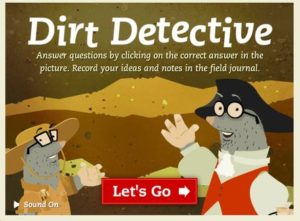
|
Dirt Detective in an animated interactive game in which kids learn about archaeological techniques with the help of a mole in an Indian-Jones-style hat. |
|
From the BBC, Archaeology is an information-packed and reader-friendly site, covering various subtypes of archaeology (including battlefield, aerial, and marine), archaeological techniques, artifacts, reconstructions, and excavations. Work through it all and test your knowledge with interactive quizzes. |
|
The Society for American Archaeology has lesson plans, simulated archaeological dig projects, online archaeological adventures, and more for a range of ages. (Click on “For the Public.”) For example, Archaeologyland is a collection of hands-on archaeology-based activities for ages 5 and up, in which kids replicate pottery designs, make a pot puzzle, create petroglyphs, make a cordage bracelet, and more. |
